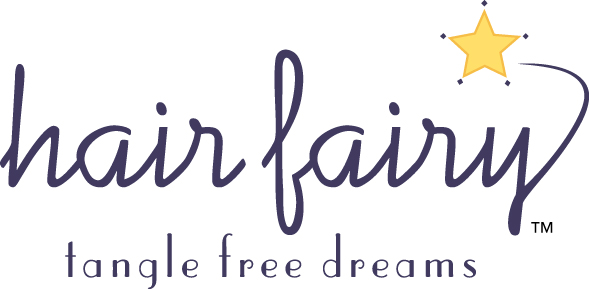“So, are you sewing the pillowcases and the doll when orders come in?”
“Um, no,” is my emphatic response.
I don’t sew which is odd because my mom and both of my sisters are amazing sewers. I love the idea of sewing my own clothes, home decor items, gifts, etc. But I can’t sew a straight seam to save my life.
More importantly, I didn’t want to worry about production. When orders come in, I want to be able to pull product off the shelf knowing it was produced to a high degree of quality and durability. I also wanted to focus on sales and marketing and operations.
Finding and determining the right production source was my steepest learning curve when starting the business. My initial preference was to keep production in the US, because I’m a big believer in supporting jobs here at home. Who isn’t? I also wanted to be closer to the production source and have a collaborative, hands-on role in the creation of my vision.
After more than eight months researching and talking to US-based sew rooms, I hit a wall. The price points were just too high. Second, most sew rooms weren’t interested in the handwork required to create Harriet and were leery of sewing satin. Because of the slippery nature of the fabric it’s a pain in the rear to work with.
At this point, I stalled out. My vision was not panning out here. It took a friend and mentor to tell me to “Get over it.” He pointed out the obvious - most soft goods are produced overseas. Walk your local Target aisles or any store for that matter. A small start-up should be able to benefit from the same overseas production facilities and the lower associated production cost as the big guys. So I shook it off and made the decision to take my production business overseas.
In a nut shell, here are the three reasons why:
1. Low price points
If you can’t model your wholesale and retail price points around profitability, there’s no point in going into business. If I were to produce here in the US, I’d need to set a retail price for one pillowcase and doll at around $70 to make even a slim margin. Thus pricing me out of a many target markets I wanted to market to.
The price per unit I was quoted from a number of China-based manufacturers ranged between 1/4 to 1/3 of what US sew houses were quoting me. This was eye opening and is the crux of our love/hate relationship with Made in China products. More on this in another blog post soon!
The drawback to overseas manufacturing for a capital constrained start-up is the minimums are higher than domestic production. This means your initial investment for inventory, while lower per unit, is likely going to be higher. Making the decision to make this investment for thousands as opposed to a few hundred made me more committed to making Hair Fairy successful.
2. High-quality
I did engage with one domestic sew house to the point of paying them to create samples. They were bad. Despite using patterns and fabric I provided, I was very disappointed.
This is NOT to say all domestic sewing is bad quality. I know many small businesses here in Seattle alone who are using local sew rooms. For me though, it wasn’t working. This was the one facility I could find that agreed to consider the my business. If this was the first impression of the quality I would get from them, I couldn’t risk it.
In contrast, the samples I got from the manufacturer I ultimately worked with in China were exceptional. After one round of adjustments, they were perfect. Even more, I put the cases through almost a dozen wash tests and they stood up to all tests. This was the quality I wanted my customers to experience
3. Trust
Once I found the manufacturer I ultimately worked with, it just felt right. I was introduced to him via my soft toy pattern maker. She had worked with him at a large toy company before they both went independent. He is based in Seoul with production facilities in China. Although he worked with impressive big name toy companies, he wanted my business and was willing to work with me.
I was also assured of the working conditions of his facilities. This really mattered to me. I couldn’t ethically sell a kids product that was made in sub-par conditions by slave child labor. While I didn’t physically visit his facility, he assured me and invited me to visit anytime. I also saw pictures and talked to other clients of his who assured me I was working with the best in the business.
A lot goes into making the decision to join the global economy, manufacture overseas and import product to sell here in the US. My experience, while summarized here, had a lot of twists and turns and a fair amount of funny stories and anxiety-induced sleepless nights which I'll share soon here!

